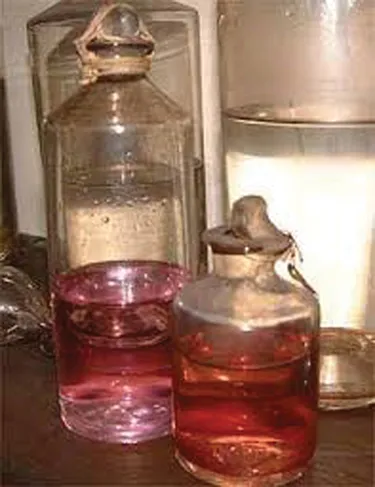
Nanotoxicology
Toxicity Evaluation of Nanomedicine Applications
Hemant Kumar Daima, S. L. Kothari, Bhargava Suresh Kumar, Hemant Kumar Daima, Shanker Lal Kothari, Bhargava Suresh Kumar
- 480 pages
- English
- ePUB (mobile friendly)
- Available on iOS & Android
Nanotoxicology
Toxicity Evaluation of Nanomedicine Applications
Hemant Kumar Daima, S. L. Kothari, Bhargava Suresh Kumar, Hemant Kumar Daima, Shanker Lal Kothari, Bhargava Suresh Kumar
About This Book
The field of nanomedicine has risen quickly due to the increasing number of designer-made nanomaterials. These nanomaterials have the potential to manage diseases and change the way medicine is currently studied. However, the increased practice of using nanomaterials has shed light on how many concepts of nanomedicine and nanotoxicity have been overlooked. Nanotoxicology: Toxicity Evaluation of Nanomedicine Applications addresses the existing gaps between nanomedicine and nanotoxicity. This book also brings together up-to-date knowledge on advances toward safe-by-design nanomaterials and existing toxicity challenges.
This book delivers a comprehensive coverage in the field with fundamental understanding, serving as a platform to convey essential concepts of nanotoxicology and how these concepts can be employed to develop advanced nanomaterials for a range of biomedical applications. This book is an effort to answer some of the thoughtful nanotoxicological complications and their auspicious probable solutions with new approaches and careful toxicity assessment.
Key Features:
-
- Reveals novel nanoscale approaches, toxicity assessment, and biomedical applications
-
- Includes importance of nanotoxicity concepts in developing smart nanomaterials
-
- Highlights unique contributions and "A to Z" aspects on the state-of-the-art from global leaders
-
- Offers a complete package to learn fundamentals with recommendations on nanomaterials toxicity and safe-by-design nanomedicines
Nanotoxicology: Toxicity Evaluation of Nanomedicine Applications illuminates the high potential of many innovative nanomaterials, ultimately demonstrating them to be promising substitutes for available therapies that can be effectively used in fighting a myriad of biomedical complications. Further, this book reports legal, ethical, safety, and regulatory issues associated with nanomaterials, which have often been neglected, if not overlooked in literature and limiting clinical translation at nanoscale level. It will equip readers with cutting-edge knowledge of promising developments in nanomedicine and nanotoxicology, along with potential future prospects.
Frequently asked questions
Information
1 Nanomaterials
Powder Metallurgy & New Materials (ARCI)
1.1 Introduction to Nanomaterials

